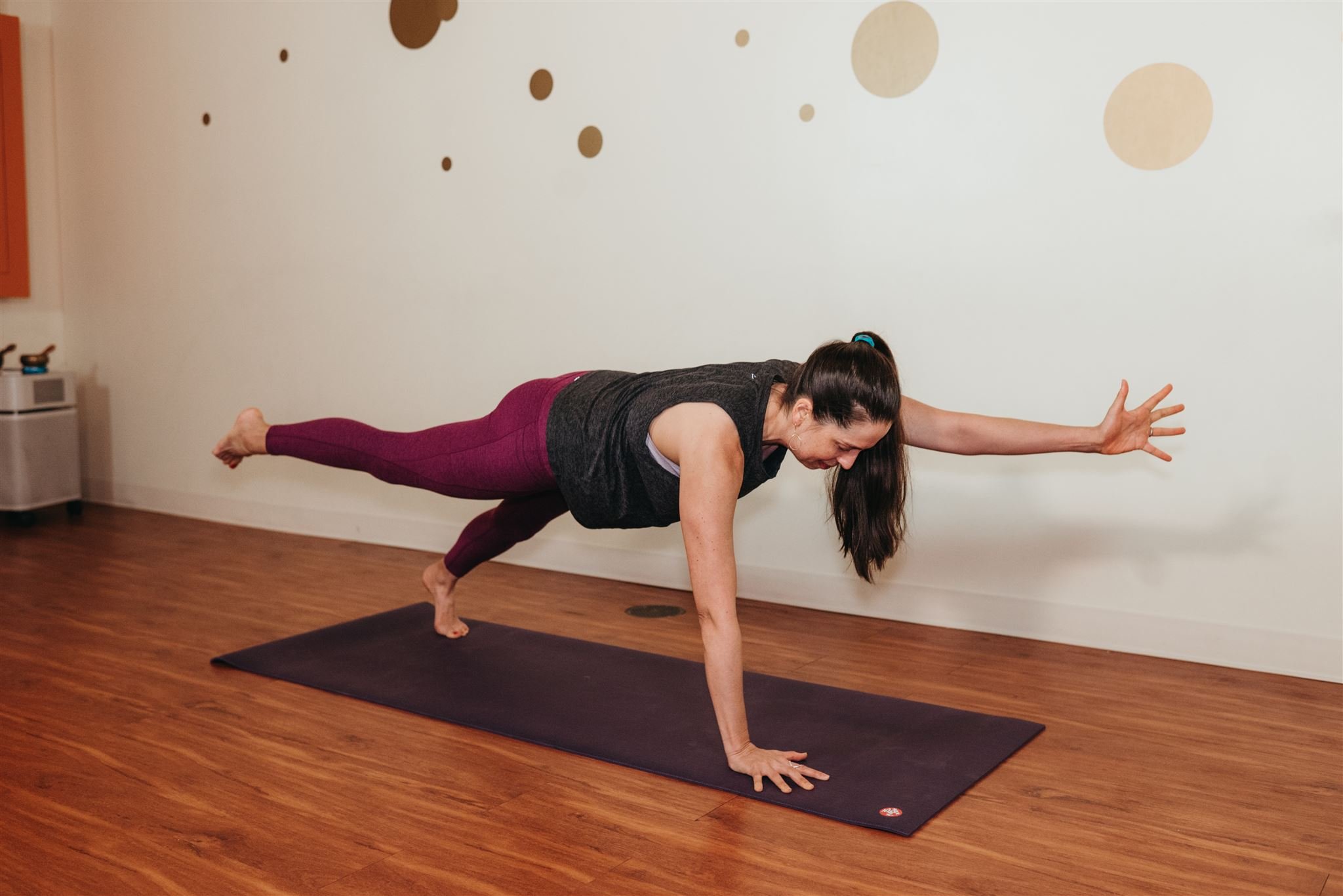
when to be anatomically specific in yoga
A Yoga Continuing Education Course
This 4-hour course examines the distinction between when it’s helpful to be anatomically-specific when teaching yoga & movement, and when we’re better off choosing a more general, non-specific approach.
We take an in-depth look at the top 7 “magic muscles”, we examine what current research suggests about how to load tendons for strength adaptations and how to treat tendinopathy in general, we examine the science of fascia and self-myofascial release, common health claims made about yoga, and much more.
A research-based approach is taken with all scientific references included in the course handout.
This course is divided into 3 parts:
PART 1 (1 hr – 2 videos):
Foundational Concepts
PART 2 (2 hrs – 4 videos):
The Top 7 Magical Muscles
Quadratus lumborum (QL)
Vastus medialis obliquus (VMO)
Transverse Abdominus
Psoas
Glutes
Soleus
Piriformis
PART 3 (1 hr – 2 videos):
Tendons & Tendinopathy
Fascia
Yoga Health Claims
Final Takeaways
Note the optional quiz you are welcome to take for certification that you have completed and comprehended this course. It’s located at the end of the page.
